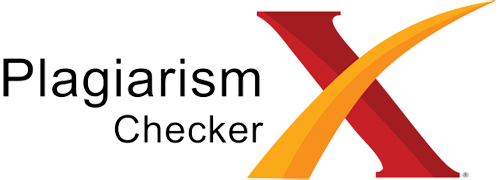PENGARUH PENYULUHAN HIV/AIDS DENGAN METODE CERAMAH TERHADAP TINGKAT PENGETAHUAN SISWA SMA NEGERI 4 KOTA PADANGSIDIMPUAN TAHUN 2016
Keywords:
Extension to the method of lecture, Knowledge, StudentsAbstract
HIV (Human Immunodeficiensy Virus) is a virus that attacks and destroys the human immune system so it can not withstand diseases that attack the body. When the immune system is damaged or weakened, it will be easily attacked by various diseases, such as tuberculosis, diarrhea, skin diseases, etc. AIDS (Acquired Immuno Deficiency Syndrome) is a set of symptoms that arise due to the destruction of the human immune system caused by HIV infection. Today HIV/AIDS is the greatest health problem around the world are almost without exception Indonesia. The number of events tends to increase and the transmission process is so easy and quick. The purpose of this study was to determine the effect of education about HIV/AIDS with a lecture on the level of students' knowledge SMAN 4 Padangsidimpuan 2016. The research is a pre-experiment (pre-experimental designs). The population in this study were all students SMAN 4 Padangsidimpuan class X and XI Academic Year 2015/2016 consisting of 17 classes and totaled 544 people. A sample of 34 people obtained through Proportionate Stratified Random Sampling technique in which samples were taken randomly with appropriate attention to the proportion of the existing classes in the population. The statistical test used was paired sample t-test or t-test. The results showed that the respondents who have a good knowledge of 26.5%, just 58.8%, 14.7% less. Results of paired samples T-test with a probability t 6.866 0.000 (<0.05). There is the influence of education about HIV/AIDS with a lecture on the level of students' knowledge. The effect is good.
Downloads
Published
How to Cite
Issue
Section
License
Indonesian Health Scientific Journal (JKII) is licensed under Creative Commons Attribution-ShareAlike 4.0 International.
Authors retain copyright and grant the journal right of first publication with the work simultaneously licensed under a Creative Commons Attribution-ShareAlike 4.0 International that allows others to share the work with an acknowledgment of the work’s authorship and initial publication in this journal.















